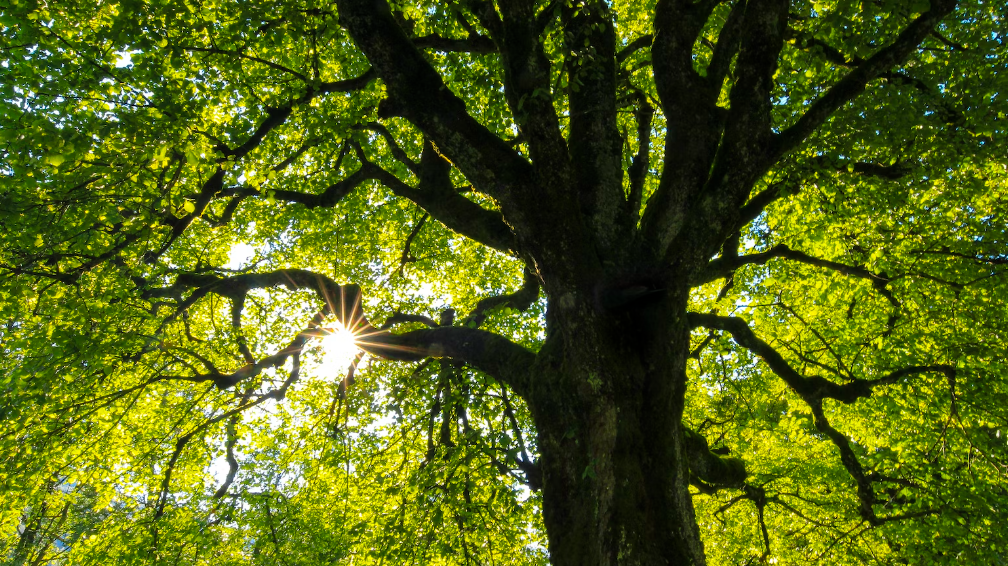
Trees are the silent giants of our world, standing tall, providing shade, and breathing life into our environment. But, much like us, they have their moments of fragility and need.
While they don’t have a voice to convey their troubles, trees show signs. Signs that they’re not in their best health. Signs that they might be crying out for some expert care.
Let’s delve into some of these indicators and, perhaps along the way, learn how to listen to what our leafy friends are trying to tell us.
Foliage Frustrations
Perhaps the most evident tell-tale signs come from the very essence of trees – their leaves. By paying close attention to this domain, you may very well need the intervention of an arboricultural specialist soon.
- Discoloured Leaves: If you notice that the lush green has turned to a sad yellow or brown, and it’s not autumn, it’s a cry for help. Such discolouration can be a sign of nutritional deficiencies or potential diseases.
- Early Leaf Drop: Trees shedding leaves before the usual fall season? It could be a stress signal.
Branching Out, But Not in a Good Way
Branches can also give us a peek into the tree’s health. Identify signals before it’s too late.
- Dead or Brittle Branches: These can pose safety risks. More than that, they indicate that certain parts of the tree aren’t receiving nutrients.
- Sparse Canopy: If the branches aren’t as leafy or the canopy isn’t as dense as it once was, it may be time to raise an eyebrow (and perhaps pick up the phone).
Bark Blues
The tree’s bark is akin to its skin. And, like our skin, it can show signs of distress.
- Cracks and Peels: Some minor peeling can be natural for certain tree species. However, deep cracks or excessive peeling can be alarming.
- Fungal Growth: Notice any mushrooms or fungi at the base? It could mean internal rot.
Root Riddles
Ah, the tree’s anchor! Often out of sight, but their health is paramount.
- Exposed Roots: Some trees naturally have surface roots. However, if you notice an excessive number or they appear suddenly, it could be a sign of soil erosion or other underlying problems.
- Soft or Decayed Roots: Probing the ground around the tree and feeling weak spots? It could mean root decay.
Pest Problems
Trees, while majestic, aren’t immune to the pesky pest.
- Visible Pests: A few bugs here and there might be normal. But an infestation? Definitely a concern.
- Holes and Sawdust: Tiny holes in the trunk or heaps of sawdust at the base might mean borer insects are at play.
The Tree’s Neighbours
Sometimes, it’s not just about the tree itself.
- Sick Neighbouring Trees: If trees nearby show signs of disease, it’s worth checking your tree. Tree diseases, like rumours, can spread.
Final Thoughts
In the grand tapestry of nature, trees play a monumental role. Their health, in many ways, mirrors the health of our environment. Listening to them, understanding their signs, and seeking timely help can make all the difference.
So, the next time you’re sipping a cuppa in your garden, take a moment to observe your trees. And if they show any of the above signs, remember, there are professionals out there who speak ‘tree’. They can help restore balance, ensuring that your trees continue to stand tall and proud.
